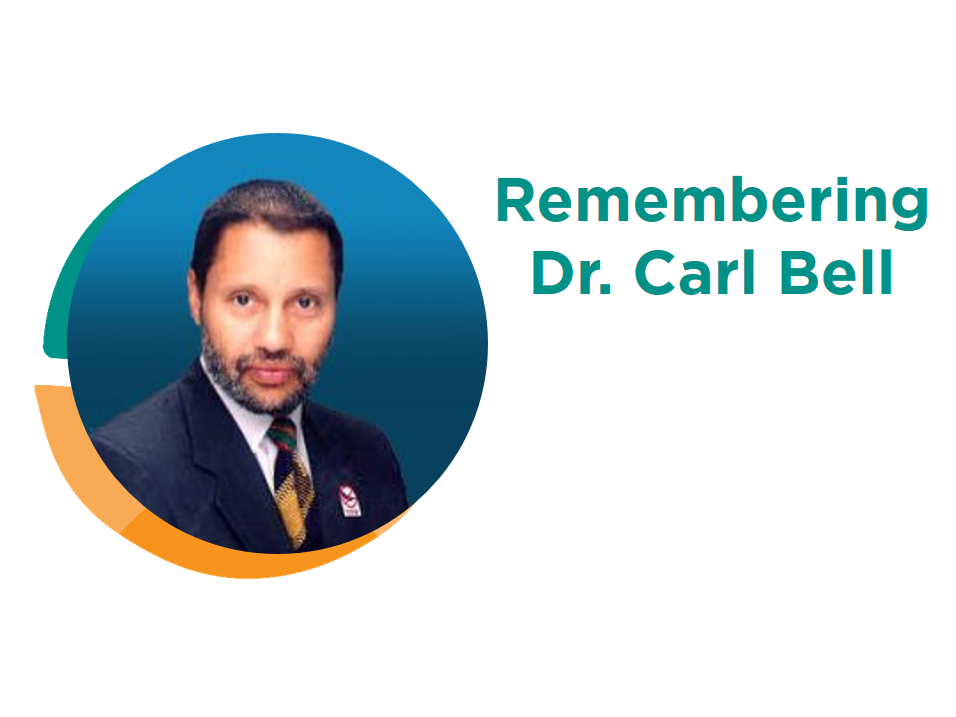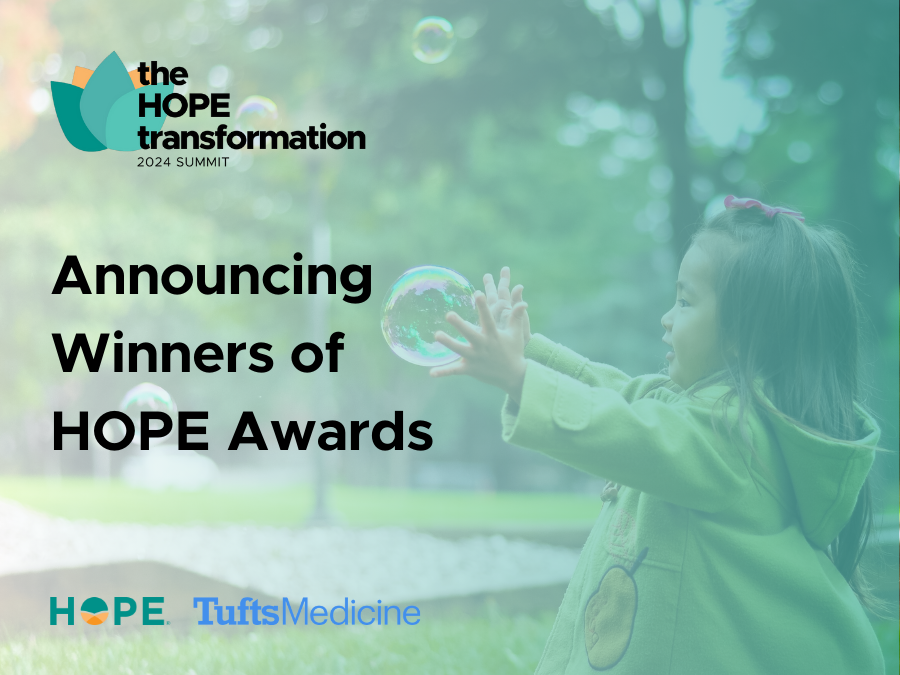
During my pediatric residency, I worked one evening a week at the adolescent clinic. Many of the patients assigned to me were teenage boys from the area surrounding our hospital, most of them Black. This was during a time when teen pregnancy rates were high, and AIDS was still a death sentence. Of course, my priority was to convince these young men to practice safe sex, and to find out what they thought were the barriers to doing so. Instead of me teaching my patients, however, they taught me lessons that changed me, and my practice. Many of these adolescents had already seen friends and relatives lost to violence, and they felt uncertain about their own futures. Many did not expect to make it to age twenty. Many felt the very human desire to have children to carry on their legacy, even if they couldn’t. Not only were intimate relationships providing comfort in their uncertainty, babies provided a bridge to the future. This was not my own experience, and not what I expected to hear from patients. I learned to approach my practice with humility, listening for the priorities of the patients and families I cared for.
All of this laid the groundwork for the time, several years later, when I would meet community psychiatrist Dr. Carl Bell (1948-2019). He grew up in Chicago, and after medical school and a stint in the Navy, he returned there to practice psychiatry. He led the Community Health Council in Chicago and then directed the Institute for Juvenile Research at the University of Illinois in Chicago. He was a prolific investigator and scholar; he authored over 500 scholarly pieces. His Wikipedia entry details his countless contributions, positions, and honors.
I met Dr. Bell at an American Academy of Pediatrics committee meeting, convened to develop strategies to address the epidemic of youth violence. Our charge was to develop ways that pediatricians could adapt their practice and counseling to reduce the risk of violence. Dr. Carl Bell spoke plainly about the need to build up the inherent strengths and community connections of urban teens. Compassion and understanding drove his work. In her beautiful obituary, NPR correspondent Michel Martin described him as “[caring] about everyone – both the victims and the perpetrators who were, he constantly reminded us, often interchangeable”
His comments challenged the traditional risk assessment strategies in common practice: teen violence did not spring from mental health issues; often, the path to violence began with a series of rational reactions to an irrational, discriminatory world. Society in general, and the adults in their lives in particular, had not succeeded in creating safe environments in which to live, learn, and play. Rather than engaging talented teens, many efforts at the time sought to “fix” what they viewed as broken ones.
In 2001, he published a brilliant review in the Journal of Adolescent Health, “Cultivating Resiliency in Youth.” Having seen and cared for a generation of youth growing up amidst violence in Chicago – and around the world – he retained his view that the core message of prevention lay in recognizing and cultivating resilience. His approach supported the development of resilience through community connections, physical health, improving bonding, attachment and connectedness, building a sense of uniqueness through connection to valued people, places, or things, and the development of individual social skills. Digging into each of these in his review, he outlined practical suggestions to show parents how to exemplify positive social skills and avoid harsh punishment, as well as how societal responses can create conditions to mitigate the possibility that traumatic experiences lead to learned helplessness. His review knitted together insights from fields as diverse as neurobiology and Tai Chi. He wrote: “building heart in individuals is a preventive public health strategy designed to inoculate against the potentially negative effects of stress and trauma.”
Years later, Dr. Charlyn Harper Browne and I reviewed the literature to identify those childhood experiences that successful programs had in common, leading to the development of the four building blocks of HOPE: relationships, engagement, environment, and emotional growth. Looking back now, Dr. Bell’s influential writing and teaching contributed to the design of these strengths-based approaches that provided the evidence basis of HOPE. Years of community engagement had left a path forward. As Michel Martin concluded in her obituary, “The least we can do is try to finish what he started on the South Side of Chicago and everywhere else.”
Dr. Carl Bell’s prolific writing, speaking, and leadership helped ensure that the frameworks he initiated in his own work spread, and his work set our own work in motion. Dr. Bell was a leader in the field of strength-based support and resiliency as the field was first emerging. Telling his story is not only part of Black History Month, but it is also part of the history of the field at large. Honoring his legacy is at the foundation of HOPE.


